Laboratory Crucibles: What Are the Types and Where Are They Used
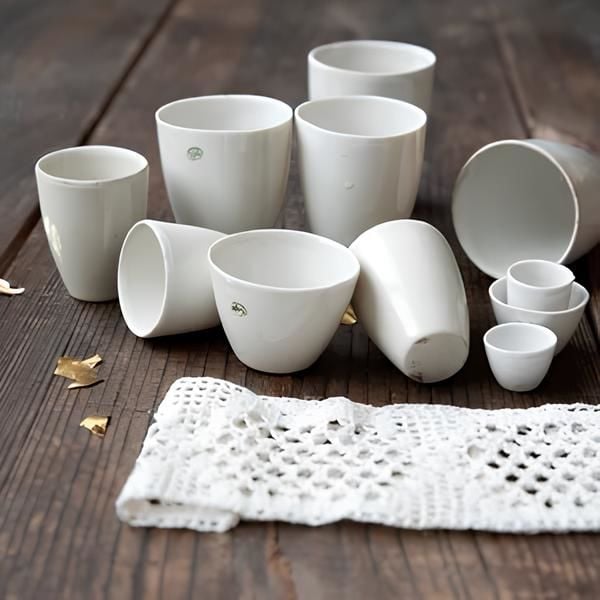
A laboratory crucible is an essential piece of equipment for scientists conducting accurate and precise experiments. Designed to withstand high temperatures, crucibles are used for weighing, mixing, heating, and melting materials in laboratories. Mainly used for high temperature experiments that require extreme heat and thermal shock resistance. 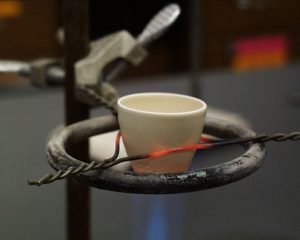
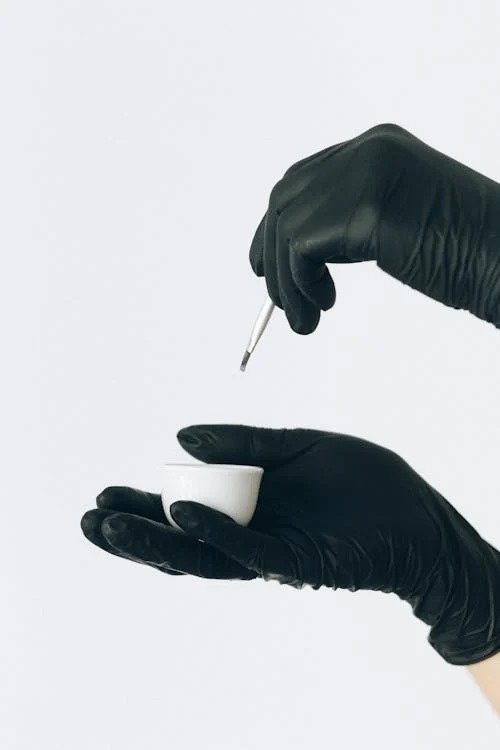
Lab crucibles are typically made from materials such as ceramic, quartz, metal or platinum and come in a variety of shapes and sizes such as low form or high form, including conical, bowl-shaped or flat-bottomed designs.
A popular and cost-effective choice. Porcelain offers good chemical resistance and the ability to withstand temperatures up to 1100°C. However, they are incompatible with strong alkalis and hydrofluoric acid, and can be brittle when subjected to rapid temperature changes.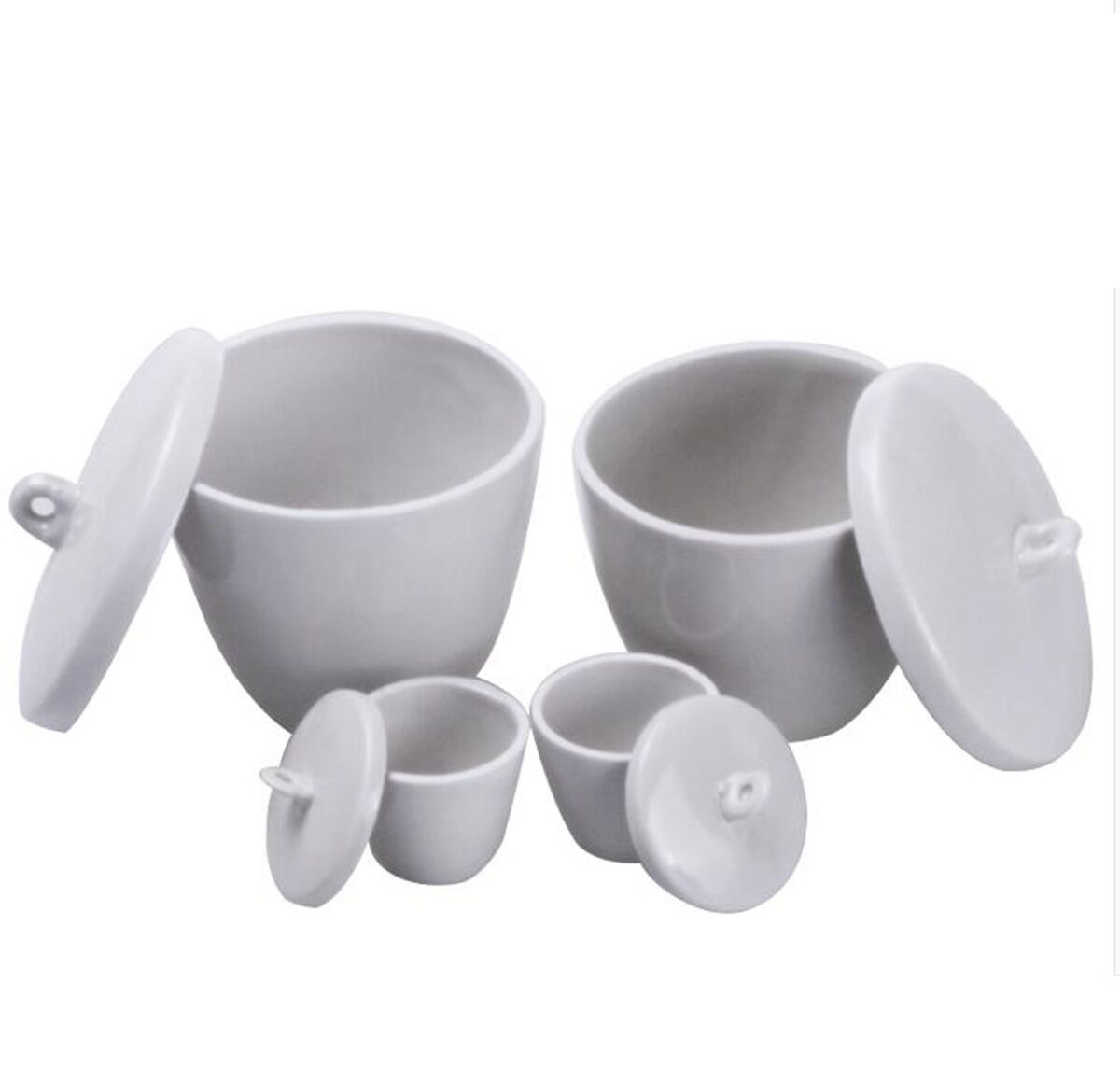
Various metals like nickel and stainless steel offer unique properties for specific applications. However, they can react with certain chemicals and are not suitable for experiments where nickel contamination might affect the results.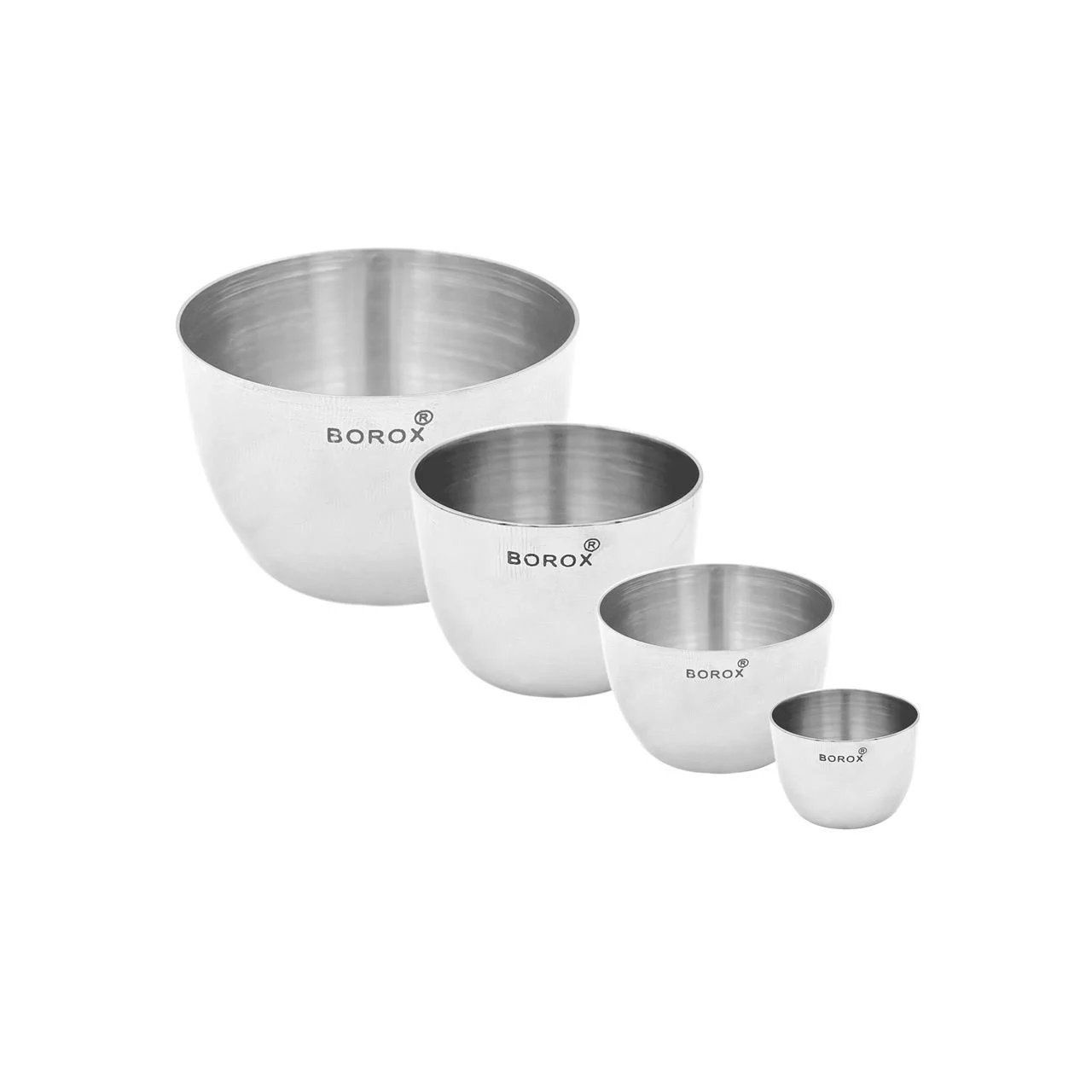
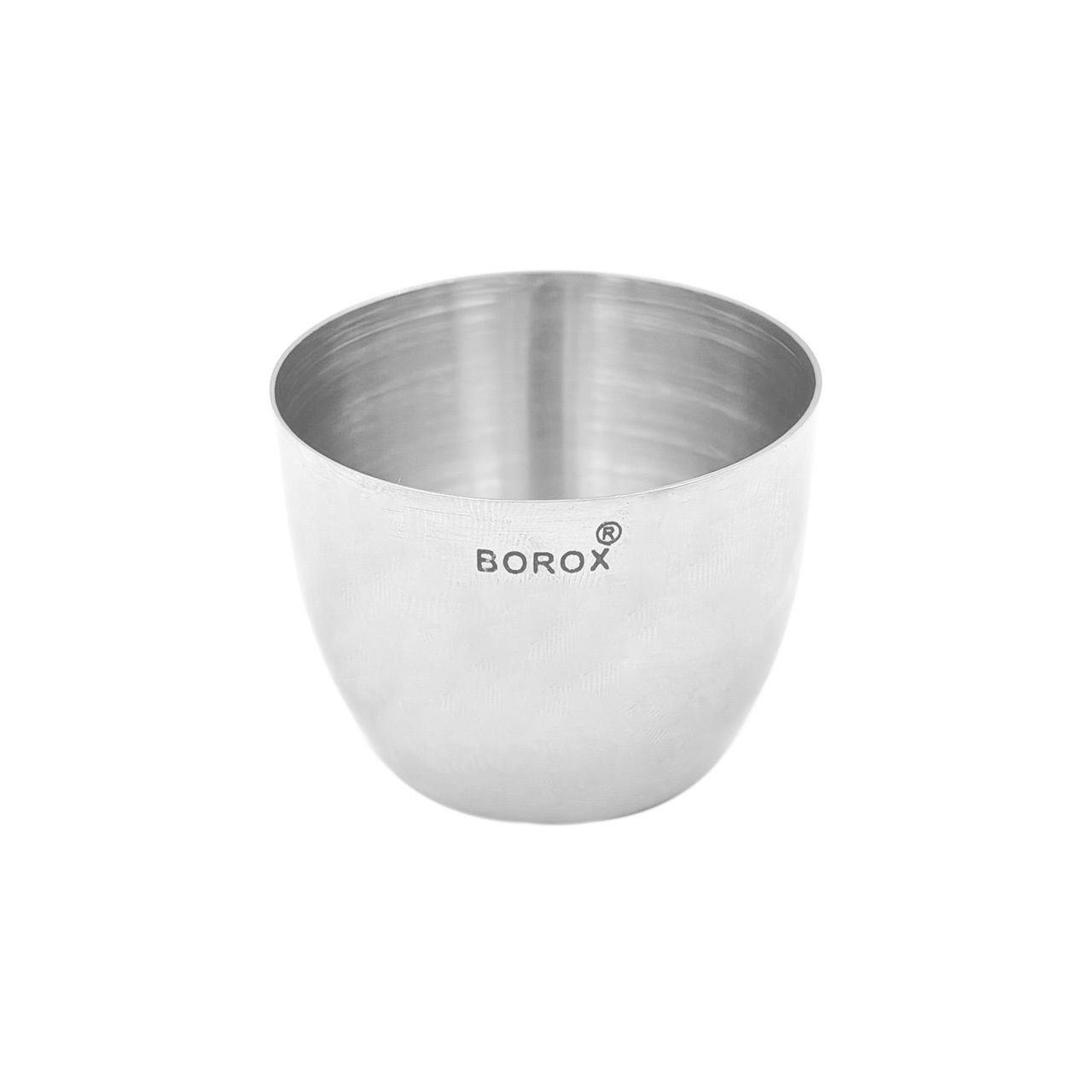
They are transparent, non-reactive, and easy to clean, making them suitable for applications that require observation or visual monitoring of samples during heating or reaction.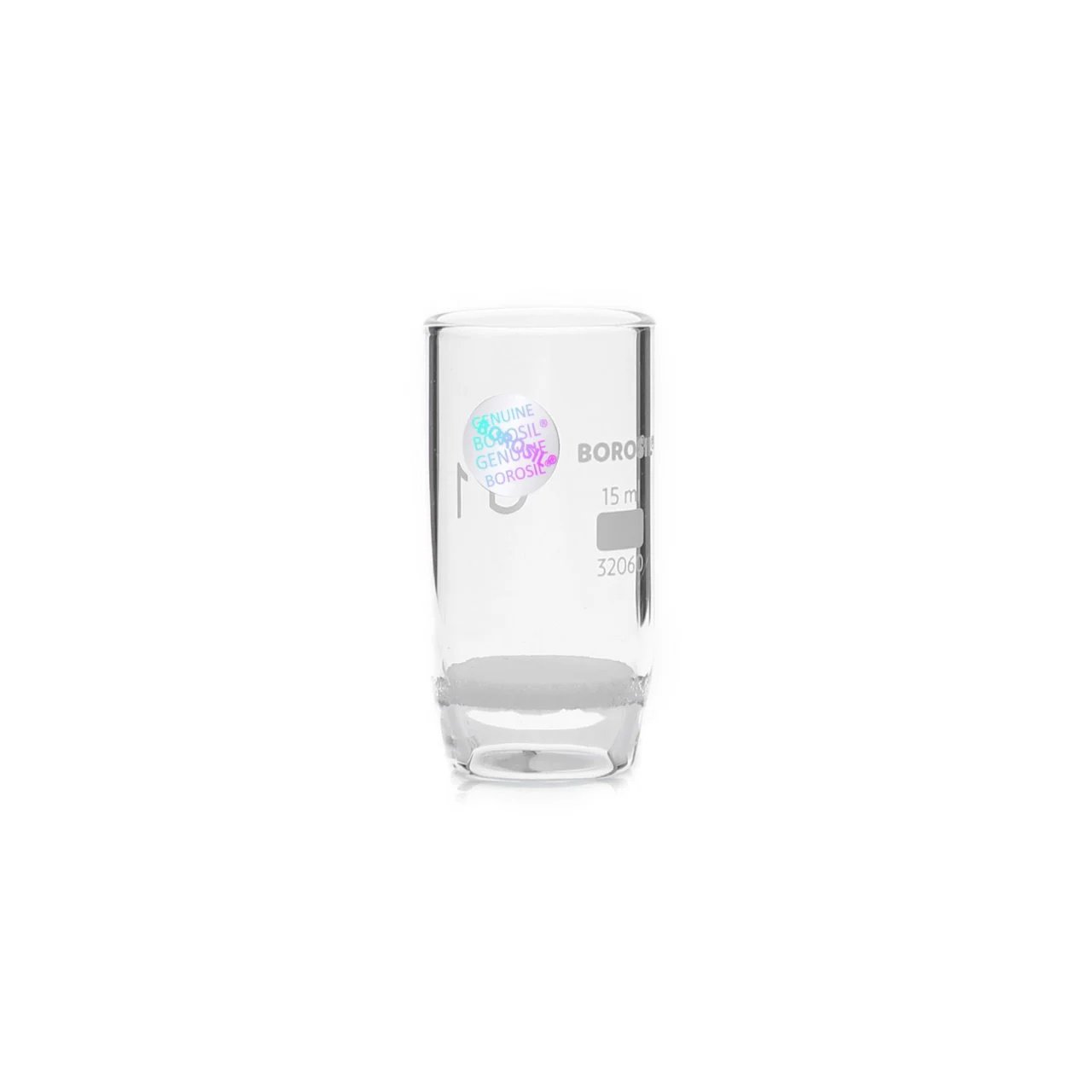
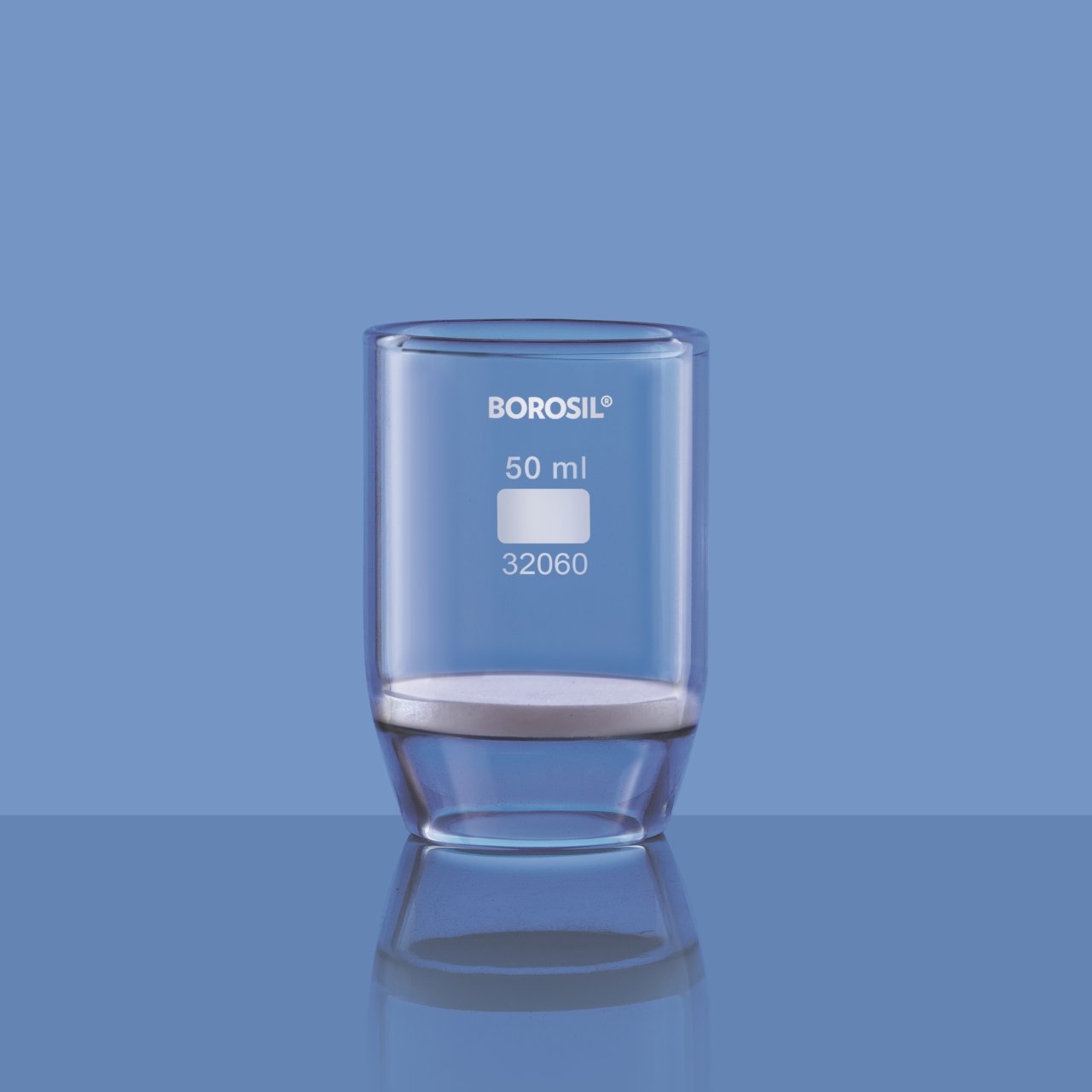
Platinum has an extremely high melting point and can be used at temperatures of up to 1200°, also chemically inert, resistant to oxidation in the air, and have a very high level of corrosion resistance against melted salts and acids.
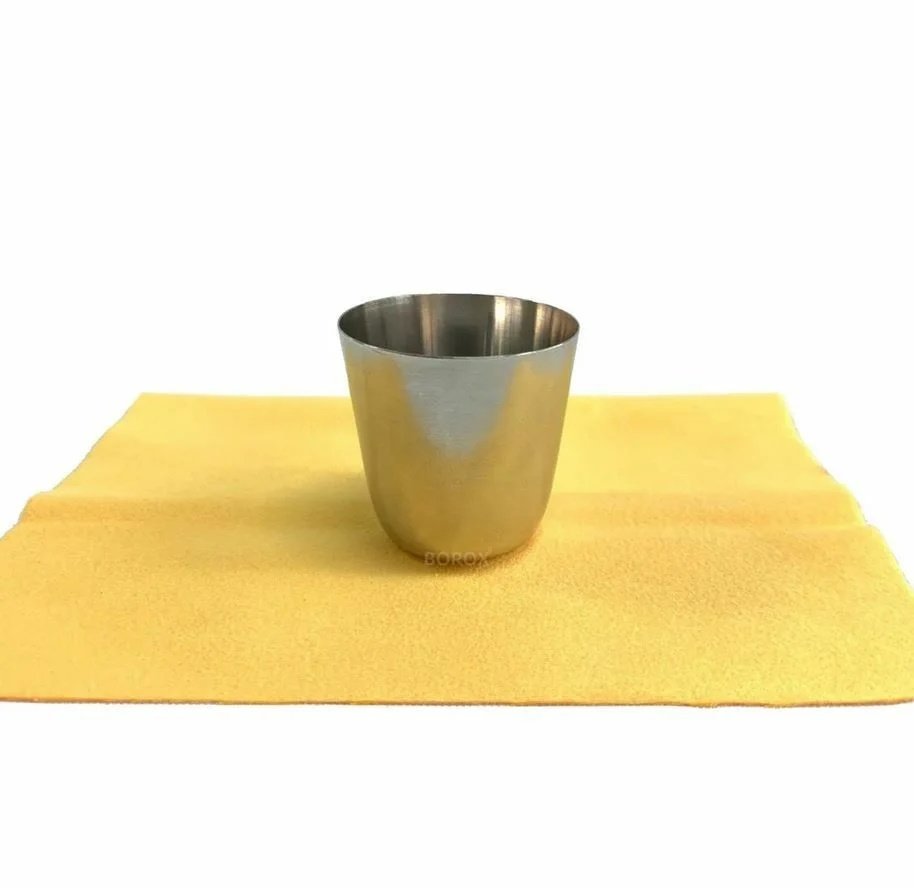
Borox is a leading supplier of crucibles of different materials and shapes. For more information, please check our website.
